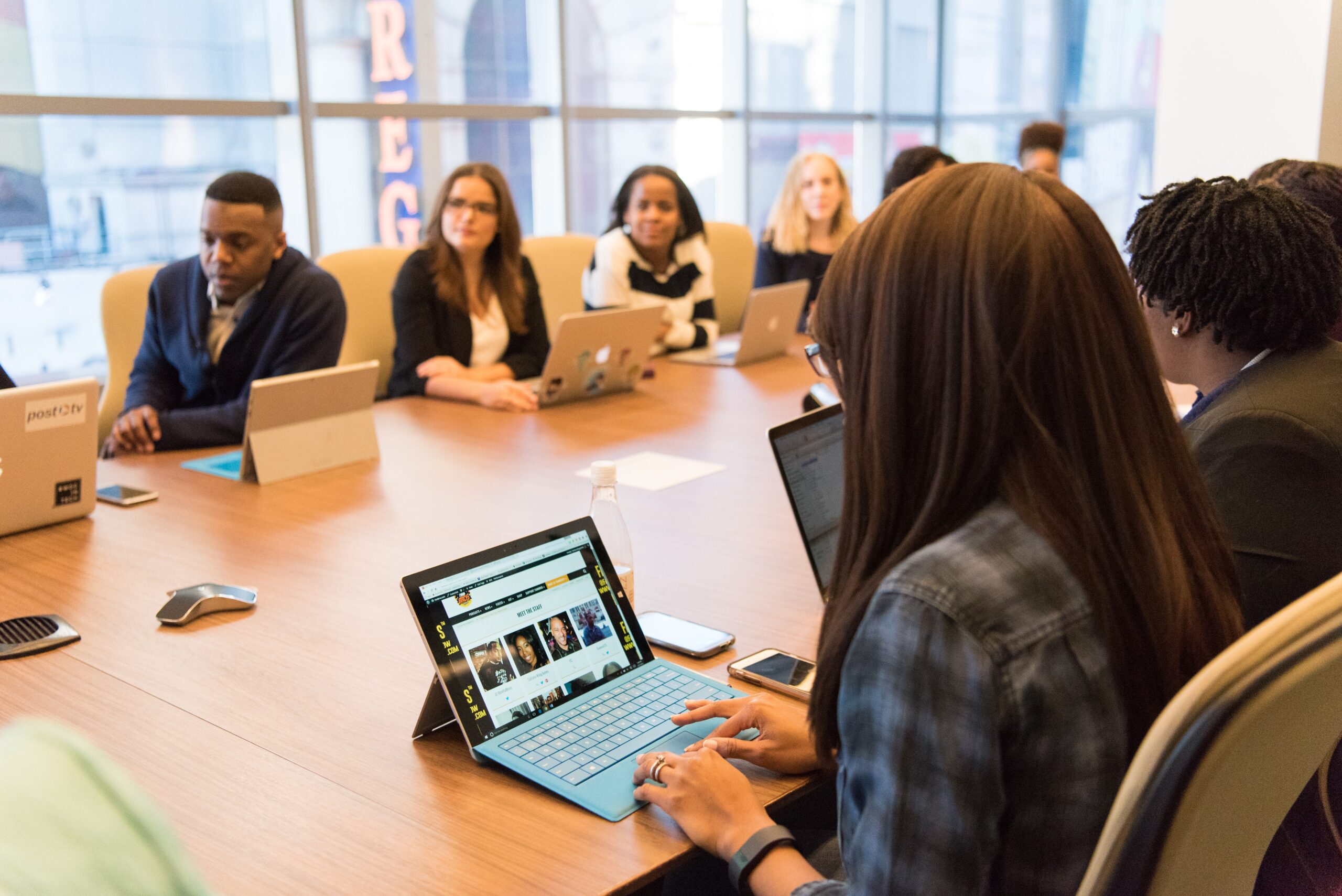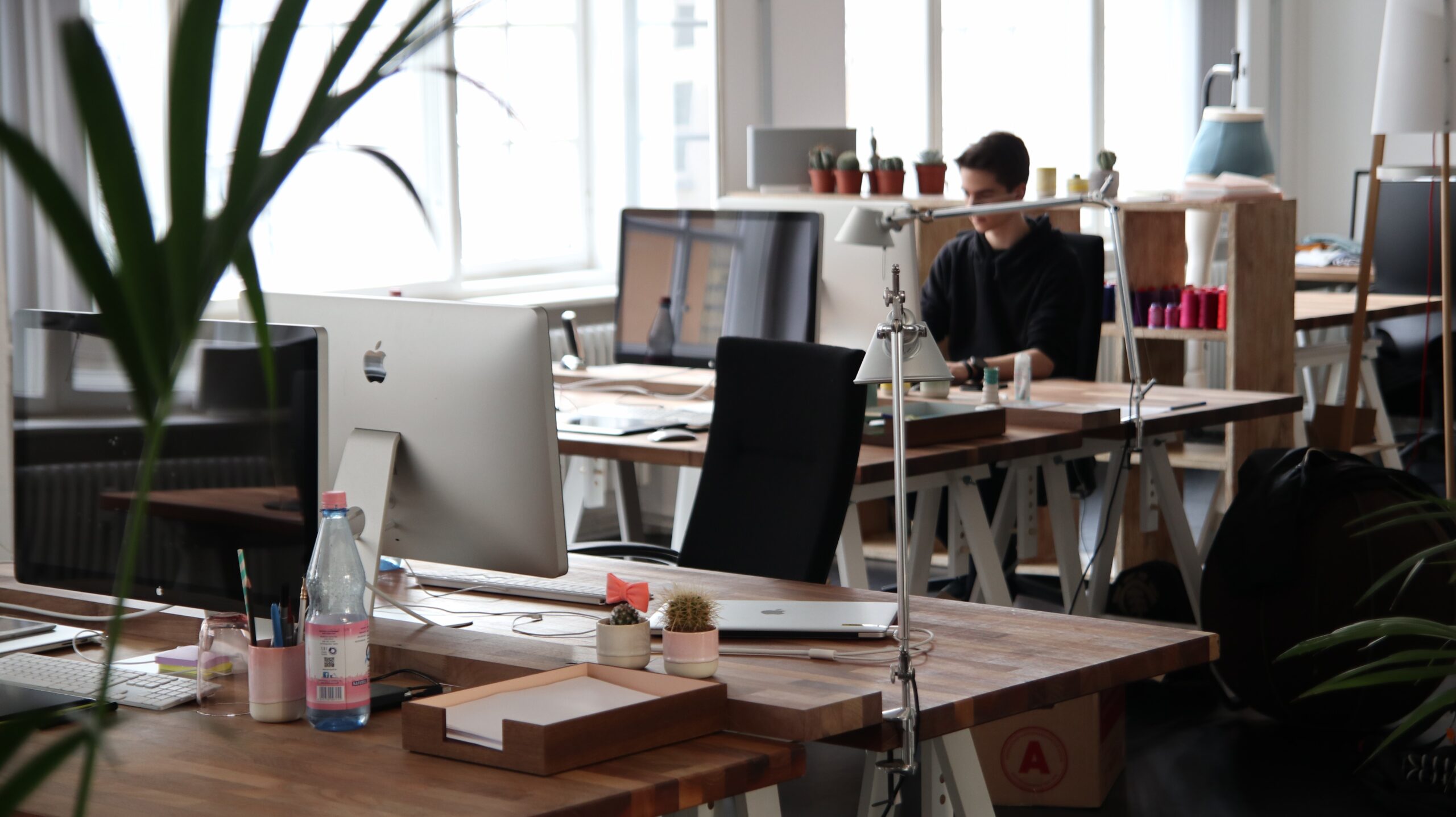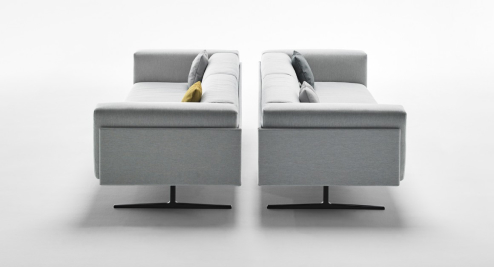

Workplace Strategy



The workplace has changed more in the last three years than it has in the previous three decades. It is changing at an unprecedented pace. Prior to the pandemic, how and where work happens were a given: Work happened from 8 a.m. to 5 p.m. in an office. The idea that works only happens in an office and only during the workday has shifted for many employees. Work now happens everywhere, all the time.
Building Spaces Where the Best Work Happens
That is precisely why designing a good office is not enough anymore. Instead, companies must design the best office — a space that is better than anything else workers have at their disposal. If your office is not better than the alternatives — a coffee shop or the worker’s home — they will choose the preferable alternative first.
According to Gensler’s research, amid these profound shifts, organizations, developers, and landlords want to know what they can do to optimize their real estate. What will set them apart is the experience they design for tenants and employees. We know that workers around the world still place a great deal of value in the physical workplace for social interaction, mentorship, deep concentration, and collaborative work. We also know that to compete in a war for talent, companies must also support an ecosystem of workspaces — both in and out of the office — where talent can thrive.
This is an opportunity to rethink the physical workplace to offer a unique and fulfilling experience that can attract talent, whether that’s through modern technologies or new types of spaces.
Creating a sound workplace strategy is a difficult job, especially in today’s work environment. One-third of employees feel disenchanted by the changes in the workplace, while a quarter of employees will consider leaving their jobs if they no longer feel recognized by the company, according to JLL’s Workforce Preferences Barometer.
Tips for a Strong Workplace Strategy
The workplace does not come together by chance. It takes careful planning and design with corporate culture always in mind. Gensler’s latest study outlines several features found in high-performing offices. They include:
The workplace must become a compelling destination — There is a shift to the new role of the workplace as a “destination, creating experiences that employees can’t get working remotely. Top-performing companies understand the power of the physical workplace for their people to thrive, as well as drive creativity and innovation.
Experimentation, prototypes, and learning are the new normal — We’re entering a phase of experimentation, piloting, and learning. The new workspaces must be driven by purpose and research to dig in and figure out what is working, what is not working, and analyze outcomes. A key piece of a successful pilot program is to test and measure.
The new workplace ecosystem will include third spaces — Today’s workers want an ecosystem of places to work both in and out of the office. Third places and coworking spaces are increasingly preferred for a variety of work activities. Developers and landlords should create spaces such as working lobbies or outdoor workspaces.
Health and wellness will continue to be a priority — Though the pandemic is waning, workers still want to know their employers are taking health and safety seriously. Most of the plastic screens temporarily set up between workers during the pandemic are gone, but things like hand sanitizing stations and extra space in the office will remain for the near future. Employers should focus not only on enhancing workers’ physical health through biophilia and wellness design but also on building personal and professional relationships for mental well-being.
Putting Workers First — A sound workplace strategy must include ideas and opinions from the workers themselves. Workplace strategy conversations should include things such as the choice of workspaces, office acoustics, and a stronger focus on wellness initiatives.
Smart business owners understand that they need to improve the workplace to better engage their employees. Up to 56% of organizations are planning to refit or redesign their office space in the next 12 months, according to senior HR professionals surveyed by JLL.
Henry Ford once said, “Coming together is a beginning. Keeping together is progress. Working together is a success.”
More than half of the HR leaders surveyed by JLL say they plan to refit or redesign their office space in the coming 12 months to align with employees’ preferences.
Questions an Organization Can Ask to Set Workplace Strategy
Workplace strategy does not happen without careful planning and arduous work. Company executives can start on the path of creating a strong workplace strategy by asking themselves a few questions:
- What are the company’s values and what goals does it want to achieve?
- What does a successful workplace look like?
- What can companies do to engage workers and create an energetic workplace?
- How can we design a workplace that improves productivity?
- What design plans can be implemented to improve work?
Flexibility will be Key to Future Workplace Strategy Success
Creating a flexible office — one that can adapt and change as the needs of workers change — is one of the most important considerations when creating a successful workplace strategy. 71% of employees agree that it’s important for their company’s workplace design to be flexible, with 73% agreeing that this versatility at work includes having access to flexible furniture arrangements.
Flexible workspaces can be easily rearranged to accommodate changing business objectives, or quickly scaled up and down to fit teams of assorted sizes. A flexible workspace removes many of the barriers to productivity presented by a traditional office workspace.
Not long ago, designing or redesigning a workplace involved little strategy and was viewed as a static budget list of items. Today, Workplace ROI (return on investment) is now a topic that has been brought into corporate conversations on a regular basis. Having a workplace design strategy is a wonderful way to ensure you are using your workspace as a tool to not only improve and modernize your office, but also improve office performance, employee satisfaction, and retention, and provide an improved customer experience.
See Also:
